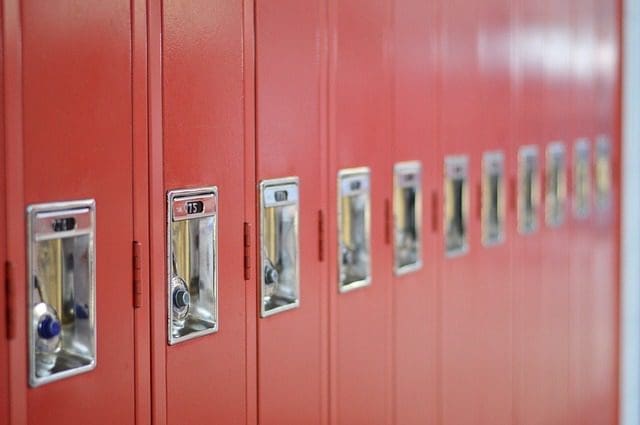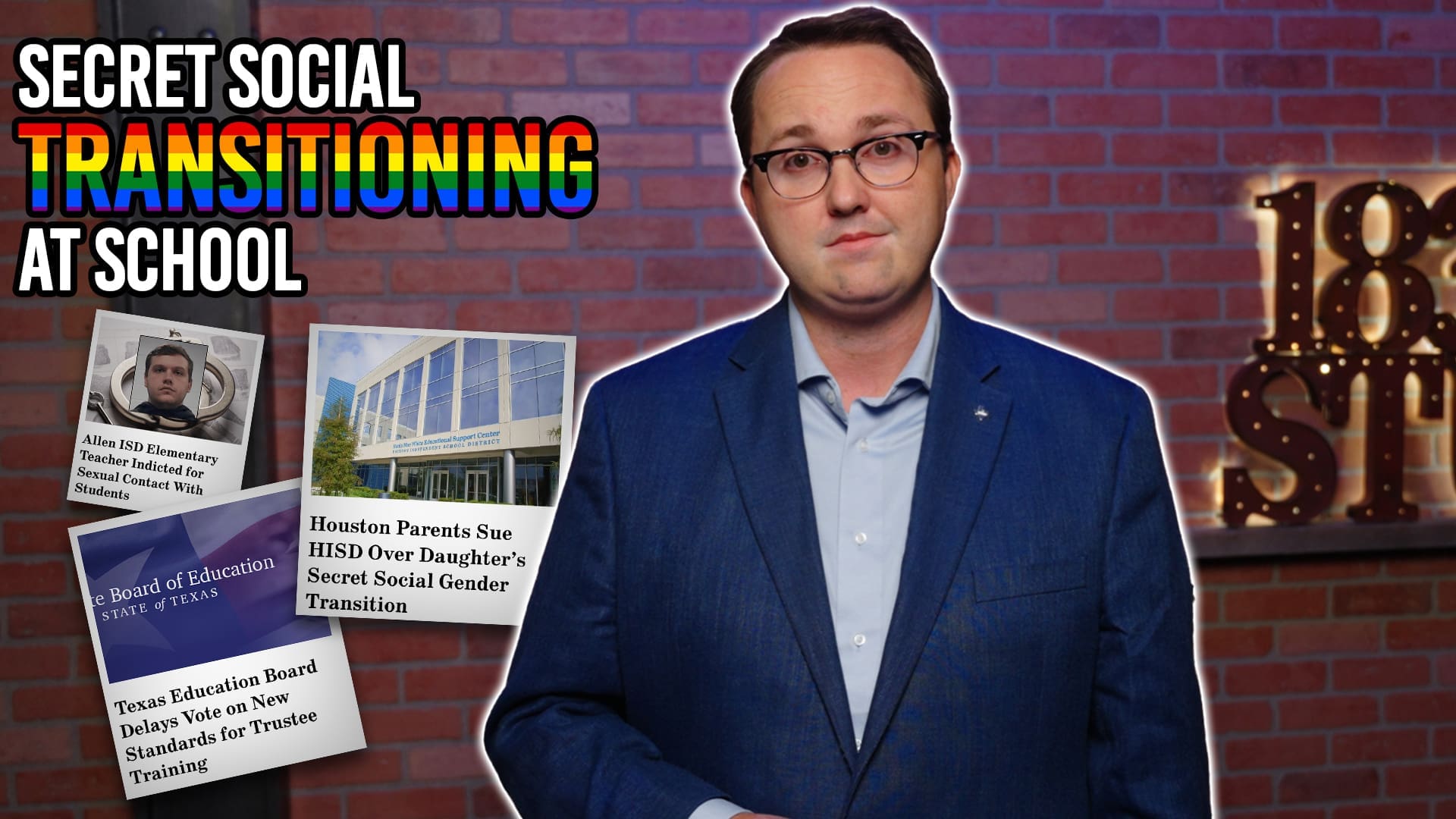We are all grieving with the families who lost loved ones in the Uvalde shooting. Such horror does not fade overnight.
However, as tragic as this incident is, the Legislature has a responsibility to first know all of the facts that contributed to the totality of the incident and the actions of all people and organizations that contributed in any way before, during, and after the incident before considering new legislation. A rush to a legislative solution could very well result in making future incidents even worse.
We must never forget that not all of society’s problems can be solved with legislation.
I am committed to continuing to work within the proper function of government to address these issues in a way that secures the freedom of law-abiding citizens while simultaneously thwarting the attempts of those who choose to break our laws.
However, the answer is not a simple legislative one. Texas does not have a gun problem; we have a “people with mental illness” problem. Mental illness, societal breakdown, and human isolation are not partisan issues; these are issues that affect everyone.
A speeding automobile does not break the law when it kills or injures people; rather, it is the person operating the vehicle and exceeding the speed limit that bears the responsibility for the injury to others. In the same way, a gun, a knife, a baseball bat, or a rock does not kill people of its own volition, it is the person who misuses those weapons that bears responsibility for the deaths.
Instead of focusing on the weapon used, I offer that we, as a society, must look at what compounding events took place in this young man’s life that would bring him to the point where he decided that killing innocent children and teachers was a better solution than addressing his own internal conflict. We need to look not just at this young man’s life, but also the root cause of the increase in mental illness as a whole.
Mental health issues have been a rapidly growing problem, especially for young people, for several years. Why? What has happened in the past few generations to drive so many of our youth to the point that killing others is a solution to their personal problems?
In situations like this, it is natural to want a swift change, something that is tangible, to rectify within our own selves that “we have done something.” But often, the more lasting solution is more difficult, requires more effort, and is one that comes about slowly.
Frederic Bastiat said, “Life, liberty, and property do not exist because men have made laws. On the contrary, it was the fact that life, liberty, and property existed beforehand that caused men to make laws in the first place.”
It is for the preservation of life, liberty, and property that the Texas Legislature has enacted numerous laws over recent years that have added safety measures to schools (including mandatory drills, emergency operations plans, and behavioral threat assessments) and have provided ample funding to school districts to implement these measures.
In addition, state agencies and other organizations have compiled many great resources such as digital threat assessment training, personnel training, and many other resources to help train and equip school administrators and teachers. Too few school districts have taken advantage of the resources available to counter the actions of a mentally unstable person intending to harm students within a school.
As the investigation continues and more is revealed about what took place that day, it will become apparent how Uvalde ISD utilized these provisions to enforce the proper safeguards. That knowledge will allow us to see more clearly what legislative actions should be taken to strengthen these measures.
In the meantime, there is at least one current federal law that actually helps a perpetrator harm children in schools.
The Gun-Free Schools Act, originally enacted in 1994, contains a requirement that each state receiving ESEA funds expel a student from school for a period of not less than one year if they bring a weapon to school. This law precipitated the use of signs that say, “THIS FACILITY IS A GUN-FREE ZONE.” This is an open invitation that tells a perpetrator, “Come on in, do your evil deed. No one in this building is prepared or allowed to defend themselves. You will encounter no opposition.”
The one positive thing is that this federal law does not apply to state-licensed gun holders. It is a Texas state law that prevents most licensed gun holders from carrying within school buildings. We could move to make the state law mirror the federal law, thus allowing licensed gun holders to legally carry within a school building.
This would give school districts the option to allow teachers and school administrators, as well as parents, the ability to carry on campus and would create differentiation between a school that is ready to defend students against a perpetrator and a school that offers a “safe haven” to someone with the intent to do harm to the students.
We must focus on the root cause of the explosive growth in mental illness, especially among young people, if we want to prevent further gun violence in our schools. Because at the end of the day, no amount of legislation will change a young person’s heart and keep them from attempting to kill others.
It will take the entire community—parents, families, churches, social networks, and schools—addressing the cause of mental illness in youth today to make a difference. And part of addressing those issues should include looking at the policy decisions we have made in the past that are contributing to the problem.
It will not be easy, but my prayer is that we all do our part to build community and care for those around us.
This is a commentary published with the author’s permission. If you wish to submit a commentary to Texas Scorecard, please submit your article to submission@texasscorecard.com.





